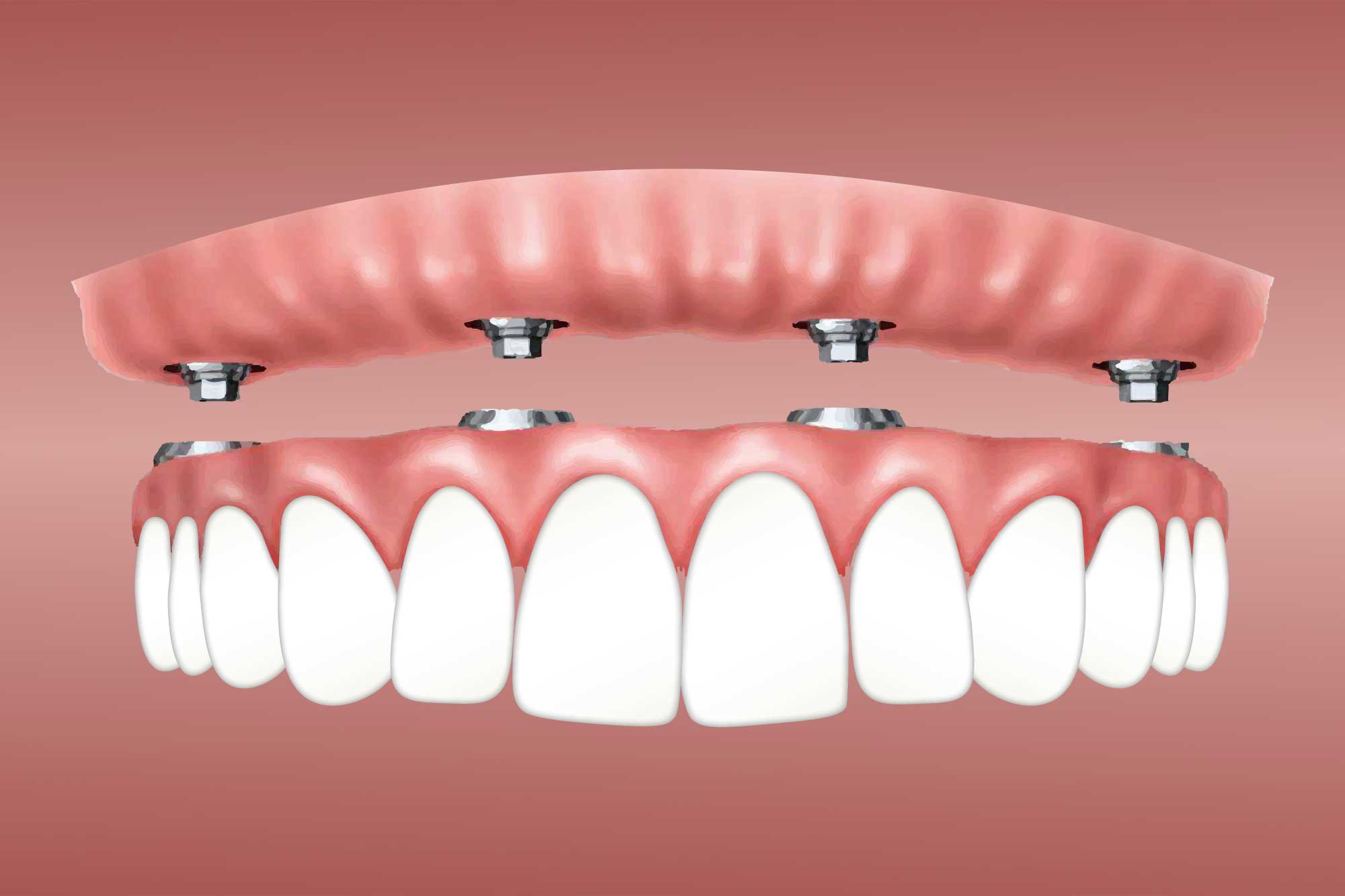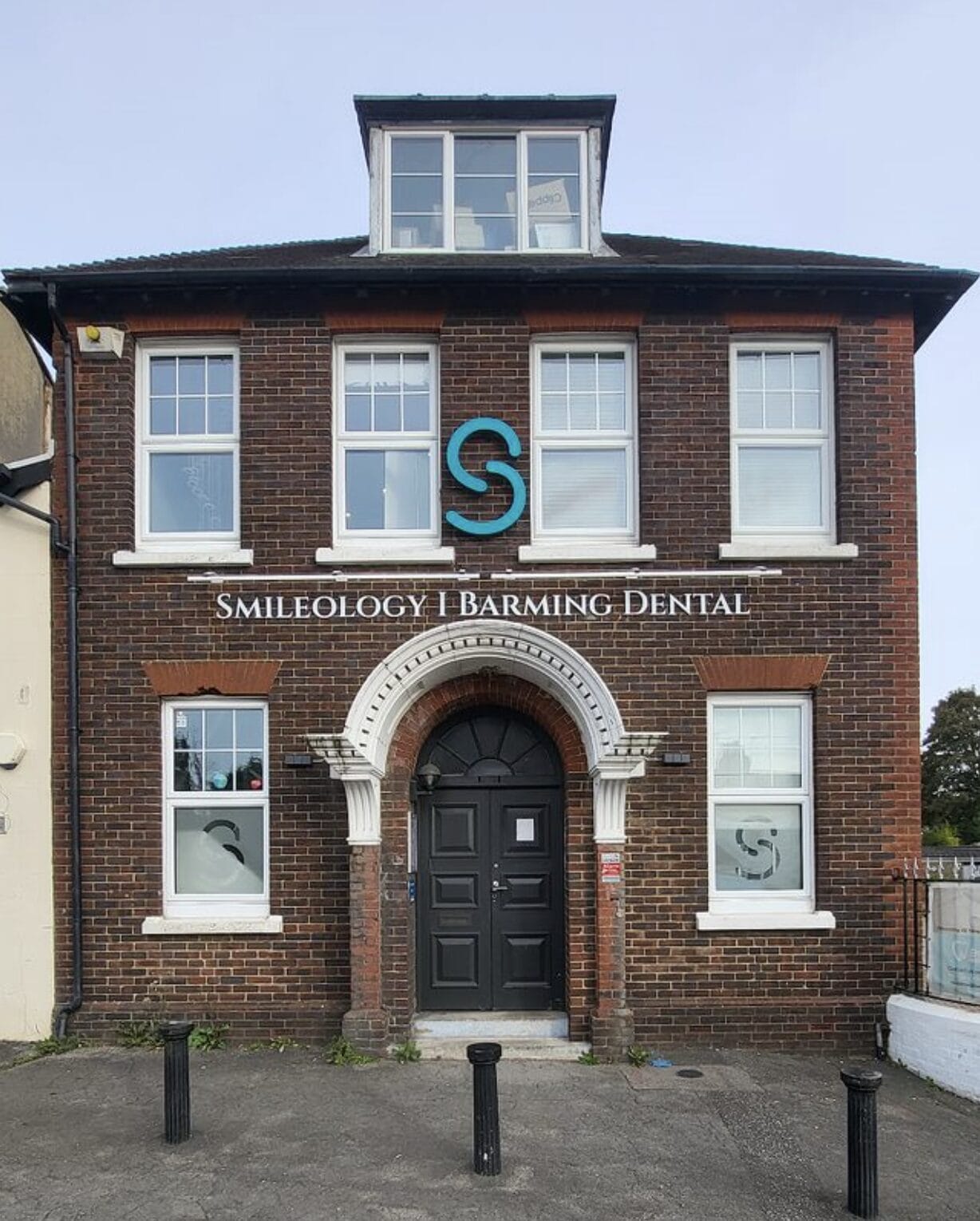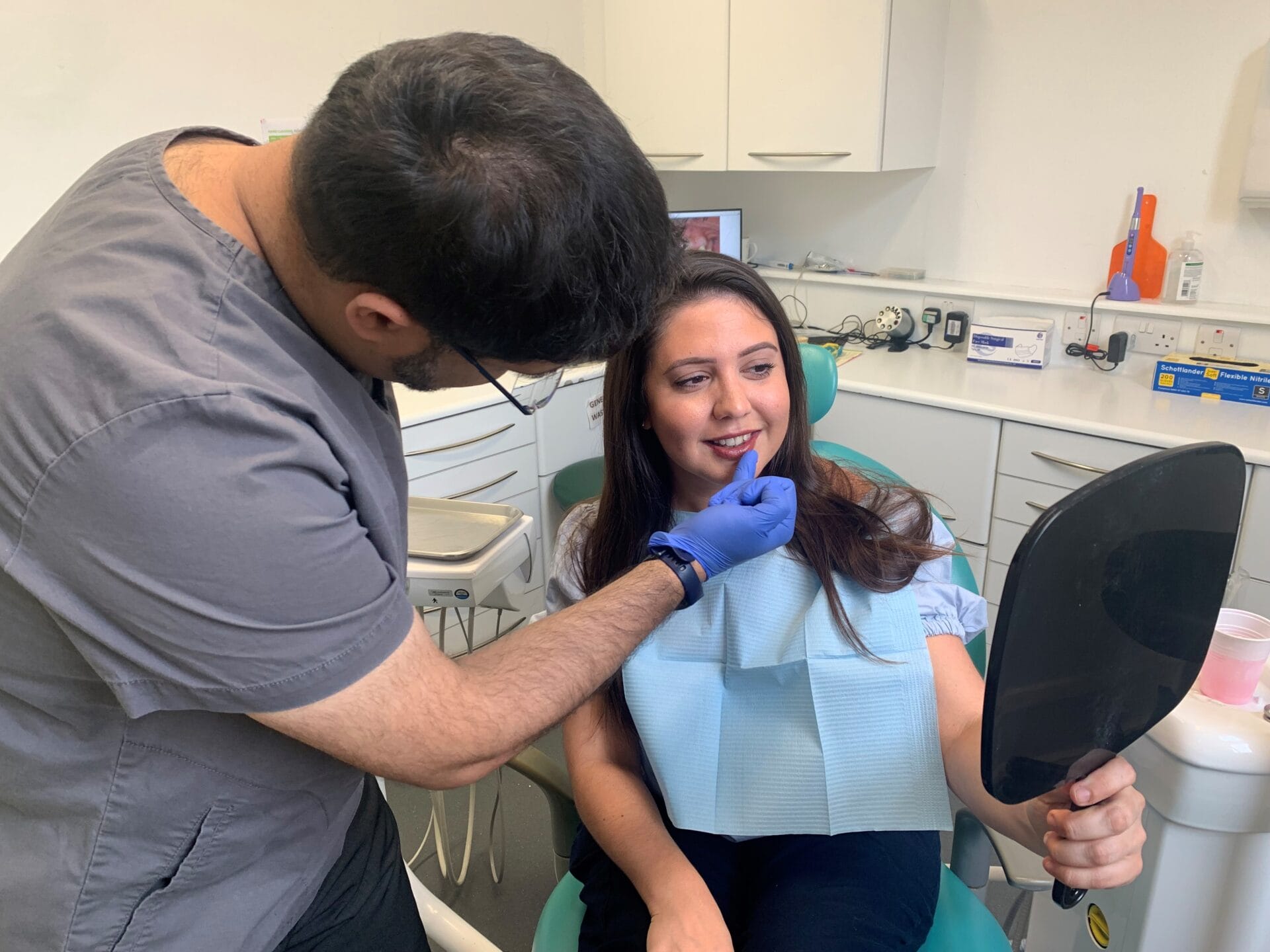Rebuild Your Self-confidence with Dental Implants Kent: Expertise You Can Trust Fund
Wiki Article
Experience the Newest Developments in Oral Implants Innovation
As the area of dental care proceeds to evolve, the innovations in oral implant technology have actually been absolutely nothing short of remarkable. From the use of advanced materials that boost longevity to the implementation of digital imaging for accurate placement, these advancements are transforming the landscape of oral treatment. With minimally invasive medical strategies and the modification capabilities of 3D printing, patients now have access to customized options that were as soon as unimaginable. The assimilation of technology is changing the capability of oral implants, promising enhanced outcomes and individual satisfaction.Advanced Materials for Enhanced Sturdiness
In the world of oral implants innovation, the integration of advanced products has considerably added to enhancing sturdiness and durability of these important oral prosthetics. The utilization of materials such as titanium alloys, zirconia, and ceramic compounds has transformed the field by using boosted biocompatibility, resistance, and stamina to deterioration.
Titanium alloys are commonly utilized in oral implants due to their extraordinary strength-to-weight proportion, deterioration resistance, and compatibility with the body. These alloys ensure the stability and long life of the implant by holding up against the pressures put in during eating and speaking, providing a trustworthy solution for patients looking for long lasting tooth replacements.
Zirconia, a kind of ceramic product, has actually gained appeal for its biocompatibility and natural tooth-like look. Its high stamina and resistance to put on make it a suitable selection for oral crowns and bridges, boosting the overall appearances and functionality of the dental implant.

Digital Imaging for Accurate Positioning
The evolution of dental implants innovation has additionally advanced with the assimilation of electronic imaging methods, making certain accurate positioning of these prosthetics for optimal useful and aesthetic end results. Digital imaging plays an important role in the planning and placement of dental implants by offering comprehensive 3D pictures of the client's jawbone structure. This modern technology allows dental experts to examine bone density, find vital frameworks, and prepare the exact placement and angle for implant placement with unequaled precision.By making use of electronic imaging, dental experts can create digital medical overviews that act as a roadmap during the dental implant placement treatment. These guides are customized for every person, taking into account their distinct composition and the wanted outcome. This degree of precision not just boosts the success rate of dental implant treatments but likewise decreases the threat of problems.
Moreover, electronic imaging allows dentists to imagine the last prosthetic reconstruction prior to the real placement of implants, enabling meticulous planning and making certain that the result satisfies the person's visual assumptions. In general, the assimilation of digital imaging technology has actually revolutionized the area of oral implants, offering individuals a much more predictable, reliable, and patient-specific treatment method.

Minimally Invasive Surgical Strategies


Improvements in medical methods have caused the advancement of minimally invasive strategies in the site area of oral implantology. These strategies intend to lower injury to the person, shorten recuperation times, and boost total therapy outcomes. Minimally invasive operations include smaller sized lacerations, specialized tools, and progressed imaging innovations to specifically put dental implants with very little interruption to bordering cells.
One secret facet of minimally invasive strategies is the use of directed surgical treatment, where 3D imaging and computer-aided design software program are utilized to prepare the implant positioning with wonderful accuracy. This permits an extra predictable result and can often remove the requirement for substantial flap surgery.
Moreover, innovations in products and dental implant style have also added to the success of minimally invasive approaches. Implants with enhanced surface residential or commercial properties promote faster osseointegration, reducing the recovery time called for before the prosthetic repair can be positioned.
3D Printing for Customized Solutions
Utilizing 3D printing modern technology in dental implantology permits the creation of very tailored options customized to individual person demands and physiological variations. This cutting-edge technology allows dental professionals to develop and produce dental implants with outstanding precision and accuracy. By making use of electronic imaging techniques, such as cone beam of light calculated tomography (CBCT), detailed 3D versions of the patient's mouth can be generated to direct the implant planning process.Among the vital advantages of 3D printing in dental implantology is the ability to produce patient-specific implants that flawlessly fit the distinct makeup of each person. This customized technique helps improve the general resource success and longevity of the dental implant by ensuring ideal fit and alignment. Furthermore, 3D printing permits the manufacturing of complicated geometries and elaborate frameworks that would certainly be tough or difficult to achieve using typical manufacturing methods.
In addition, 3D printing technology allows dental practitioners to improve the implantation procedure, minimizing surgical treatment time and improving general client experience. With its capacity to produce tailored remedies swiftly and effectively, 3D printing is reinventing the field of dental implantology, offering individuals cutting-edge treatment options and enhanced results.
Integrated Modern Technology for Improved Functionality
Implementing advanced innovation in oral implantology boosts capability and accuracy, elevating the requirement of treatment for individuals undertaking implant treatments. Integrated technology plays a critical duty in boosting the overall success and toughness of oral implants.Furthermore, the assimilation of computer-aided design and computer-aided production (CAD/CAM) technology enables the development of customized dental implant reconstructions with exceptional accuracy. CAD/CAM systems utilize digital impacts to make prosthetics that flawlessly fit the client's one-of-a-kind makeup, making certain optimum convenience and functionality. In addition, the usage of robotic-assisted surgical procedure in implant placement improves precision and decreases the danger of human mistake.
Final Thought
Finally, the most recent developments in oral implants innovation original site offer enhanced resilience with advanced products, precise placement with digital imaging, minimally intrusive medical strategies, customized services with 3D printing, and enhanced functionality with incorporated technology - Dental implants Kent. These innovations in dental implants innovation are reinventing the field and providing individuals with more effective and efficient treatment options for recovering their smiles and dental wellnessThe combination of innovation is revolutionizing the performance of oral implants, promising improved results and patient contentment.
The advancement of oral implants innovation has further progressed with the assimilation of electronic imaging strategies, making sure specific positioning of these prosthetics for optimal practical and visual results. Minimally intrusive medical procedures involve smaller incisions, specialized instruments, and advanced imaging modern technologies to specifically put oral implants with marginal disturbance to surrounding cells.
Carrying out cutting-edge technology in oral implantology boosts functionality and precision, elevating the standard of care for people undergoing implant treatments. Dental implants Kent. Integrated technology plays an essential duty in boosting the overall success and resilience of dental implants
Report this wiki page